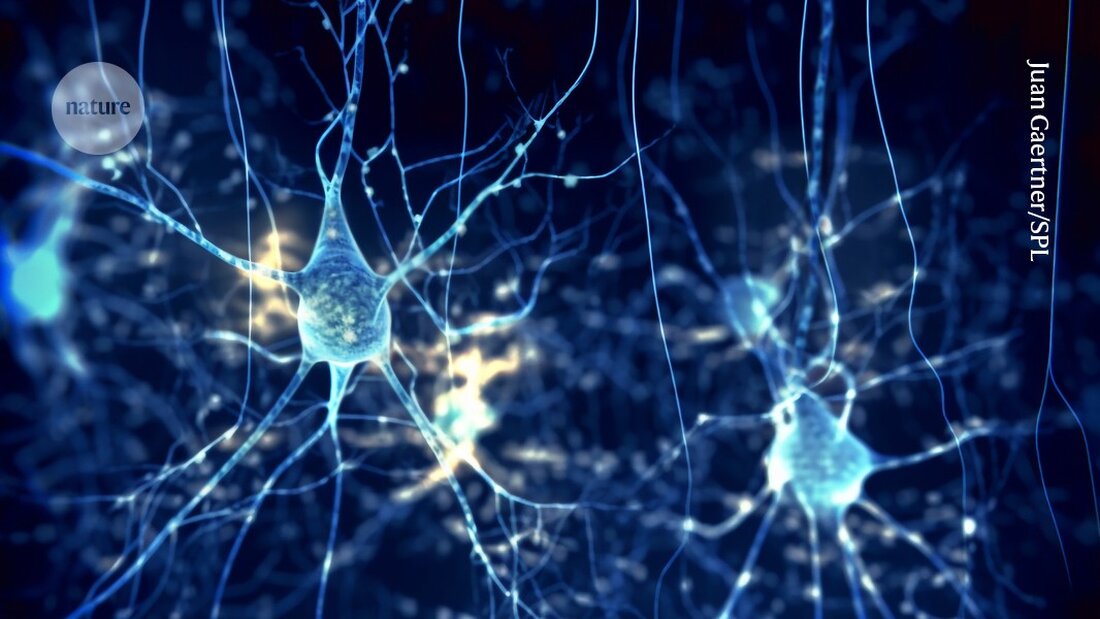Stress can reduce our joy: Mouse brain patterns provide clues as to the reasons
New findings show that stress impairs the sense of joy in mice. The connection could offer starting points for therapy.

Stress can reduce our joy: Mouse brain patterns provide clues as to the reasons
Stress-related joylessness produces characteristic brain activity, according to a study in mice 1. Research shows that there is a brain pattern that... Resilience to stress promotes – and another that makes stressed animals less likely to experience joy, a key symptom of depression.
These findings, published today in the journal Nature, provide clues into how the brain causes anhedonia, Resilience to joy, produces. They also offer a new approach to treating this condition if the results can be confirmed in humans.
“Their approach in this study is spot on,” says Conor Liston, a neuroscientist at Weill Cornell Medicine in New York City who was not involved in the study. The experiments close “a big gap,” he notes. “Anhedonia is something we don’t understand well.”
A stressful symptom
Over 70% of people with severe depression experience anhedonia, which also occurs in people schizophrenia, Parkinson's disease and other neurological and psychiatric diseases.
This symptom is notoriously difficult to treat, even in patients taking medication, explains Liston. “Anhedonia is something that patients are most concerned about and what they feel is least addressed by current treatments,” he adds.
To understand how the brain produces anhedonia, Mazen Kheirbek, a systems neuroscientist at the University of California, San Francisco, and his colleagues studied Mice exposed to stress, by encountering larger, more aggressive mice.
Typically, mice have a preference for sugar water and will prefer this to plain water if given the choice. But some stressed mice chose pure water instead - which Kheirbek and his colleagues interpreted as a form of anhedonia typical of rodents. Other mice subjected to the same stress preferred the sugar water. These animals were classified as “resilient”.
The researchers then monitored neurons in the amygdala and hippocampus, two brain regions important for processing emotions, in mice that had to choose between sugar water and plain water after the stress exposure.
Building a resilient brain
Resilient mice had robust communication between the amygdala and hippocampus, while in animals prone to anhedonia, communication between these two brain regions was fragmented.
To improve broken communication in susceptible mice, the researchers injected the rodents with compounds that caused neurons in the target areas to fire more frequently. These animals chose sugar water more often after the injections than before, and their brain activity more closely resembled that of the resilient mice, the authors found.
“It is very easy to stimulate a part of the brain and thereby damage it, but here very mild stimulation slightly increases activity and increases a sign of resilience,” says Kheirbek.
Reward-oriented behavior
Rose Bagot, a neuroscientist at McGill University in Montreal, Canada, who was not involved in the study, says the data shows there is a difference in how resilient and vulnerable mice process information about rewards. "People often think of anhedonia in simplistic terms as the inability to experience pleasure, but this study shows that it is more about changes in the ability to use reward information to control behavior," she says.
A deeper understanding of these neuronal firing patterns has also yielded a way to identify which animals have had a history of stress. In resting mice, spontaneous activity in a specific part of the amygdala was a sign of previous traumas. The authors suggest that this could serve as a biomarker of stress that would be more reliable than behavior, such as reduced appetite.
The answer to whether these results also apply to humans might not be far away: therapeutic Electrodes placed in the brains of people with epilepsy or treatment-resistant depression have also provided data on brain activity. Liston says that after reading this study, he would see if data from people with these conditions confirm the authors' findings.
The researchers focused on the connection between the amygdala and hippocampus in this work, but Kheirbek plans to also examine other relevant brain regions, such as the prefrontal cortex, which plays a key role in regulating emotions. Bagot adds that it will be important to use a decision-making task that is more complicated than choosing between aquatic species to model human behavior.
-
Xia, F. et al. Nature https://doi.org/10.1038/s41586-024-08241-y (2024).

 Suche
Suche
 Mein Konto
Mein Konto
